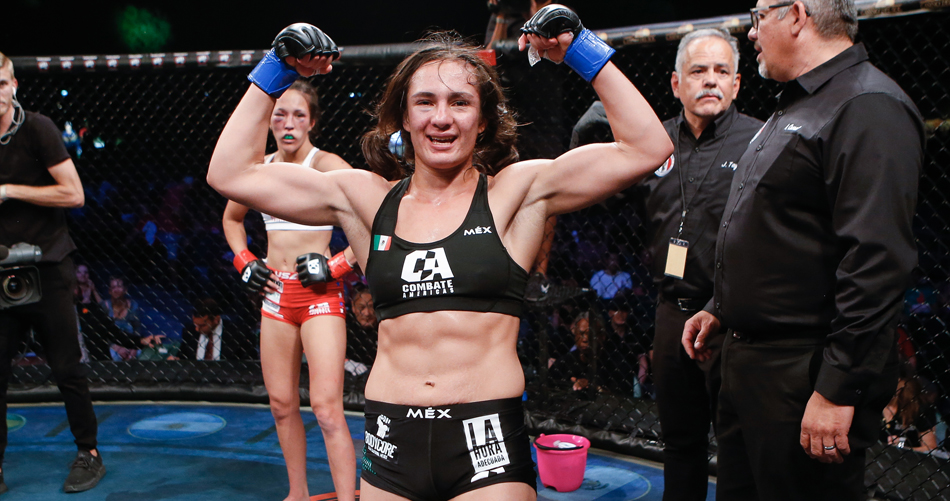BASIC ADVICE FOR FANS NEW TO FANTASY BASKETBALL
Whether you’re venturing into fantasy basketball for the first time or are a veteran fantasy football player seeking a new challenge, this guide is designed to get you acquainted with the ins and outs of fantasy basketball.
With these tips, you’ll be well on your way to assembling a competitive team that could potentially lead you to victory, even if you’re not deeply immersed in the NBA scene.
Knowing the League Format
The format of your league can drastically influence player value. Fantasy basketball leagues typically operate under one of three scoring systems: Rotisserie (Roto), Head-to-Head Categories or Head-to-Head Points.
In Head-to-Head Categories, you face off against another league member each week. Wins and losses are determined by who excels in various statistical categories (e.g., points, rebounds, assists). For instance, if your team amasses 300 points, 200 rebounds, and 100 assists, while your opponent scores 450 points, 150 rebounds, and 99 assists, your team wins in two categories versus their one.

Head-to-Head Points operates similarly but determines victory based on total fantasy points accrued, where each statistic is assigned a preset value. Common values include:
- Points (+1)
- Rebounds (+1.2)
- Assists (+1.5)
- Steals/Blocks (+3)
- Turnovers (-1)
In this format, knowing your commissioner’s values is crucial, as changes can impact the value of certain players. For example, if turnovers are valued at -1.5 instead of -1, turnover-prone players will be less valuable.
Rotisserie (Roto) leagues differ by not having weekly matchups. Instead, your stats accumulate throughout the season and are ranked within each category. For instance, in a 12-team league, the team with the most steals gets 12 points, while the team with the fewest rebounds gets one point. The team with the highest cumulative points across all categories at season’s end wins the league. Some points leagues also use a cumulative approach, focusing on total fantasy points.
Understanding these formats can significantly impact player evaluations and drafting strategies.
Drafting for Standard Leagues
Once you grasp your league’s format, draft day becomes less daunting. Pay attention to the number of starters and bench spots required and player eligibility for each position. Leagues vary: some may require a single player per position with a deep bench, while others might have multiple utility slots and a smaller bench.
Standard drafts follow a snake or serpentine format. The last pick in the first round gets the first pick in the second round, ensuring an equitable drafting process as the order alternates.
Preparing for Salary Cap Drafts
Unlike standard drafts, salary cap drafts abandon fixed draft spots. Instead, each manager is allocated a budget to spend on players. Managers bid on nominated players to build the best roster within their budget.
Salary cap drafts are challenging and may not be ideal for beginners but offer a more nuanced approach to team building. The two primary strategies are Stars and Scrubs Players and Balanced.
- Stars and Scrubs: Invest heavily in top-tier players and fill the remaining spots with role players. The idea is that star players’ production is difficult to match, and role players can be swapped out if needed.
- Balanced: Distribute your budget more evenly across solid starters or near-All-Stars. This strategy aims to mitigate risk by avoiding over-investment in stars who might get injured.
Effective budget management and recognizing inflated prices during bidding wars are key to success in salary cap drafts.
Utilizing the Waiver Wire
Thinking about the season in weeks, like fantasy football, rather than games, is important. NBA Players going on a five-game cold streak in basketball is relatively normal. A player on a five-game cold streak in football means it’s time to sound the alarms.
The waiver wire is a valuable resource for finding replacements. It features undrafted players or those dropped by other teams. Evaluate whether a player’s recent performance is a trend or an anomaly before making a move. Timely decisions on the waiver wire can greatly impact your season.
Waiver wires typically operate in two ways: Record-based or Budget-based (FAAB). In a record-based system, the teams with the worst records have priority. In a budget-based system, each team has a set budget for waiver claims, requiring bids for players.
Weekly vs. Daily Lineups and Injured Reserve Spots
Understand whether your league requires daily or weekly lineup submissions and whether it includes an Injured Reserve (IR) spot. In weekly lineup leagues or those without an IR spot, injuries can be more detrimental since you can’t swap out players who suffer an injury mid-week. With an IR spot, you can temporarily place injured players there and pick up replacements without losing a roster spot.
Final Thoughts
Fantasy basketball provides an engaging way to follow the NBA. By understanding your league’s format, staying active on the waiver wire, and managing your roster effectively, you can keep your team competitive throughout the season.











